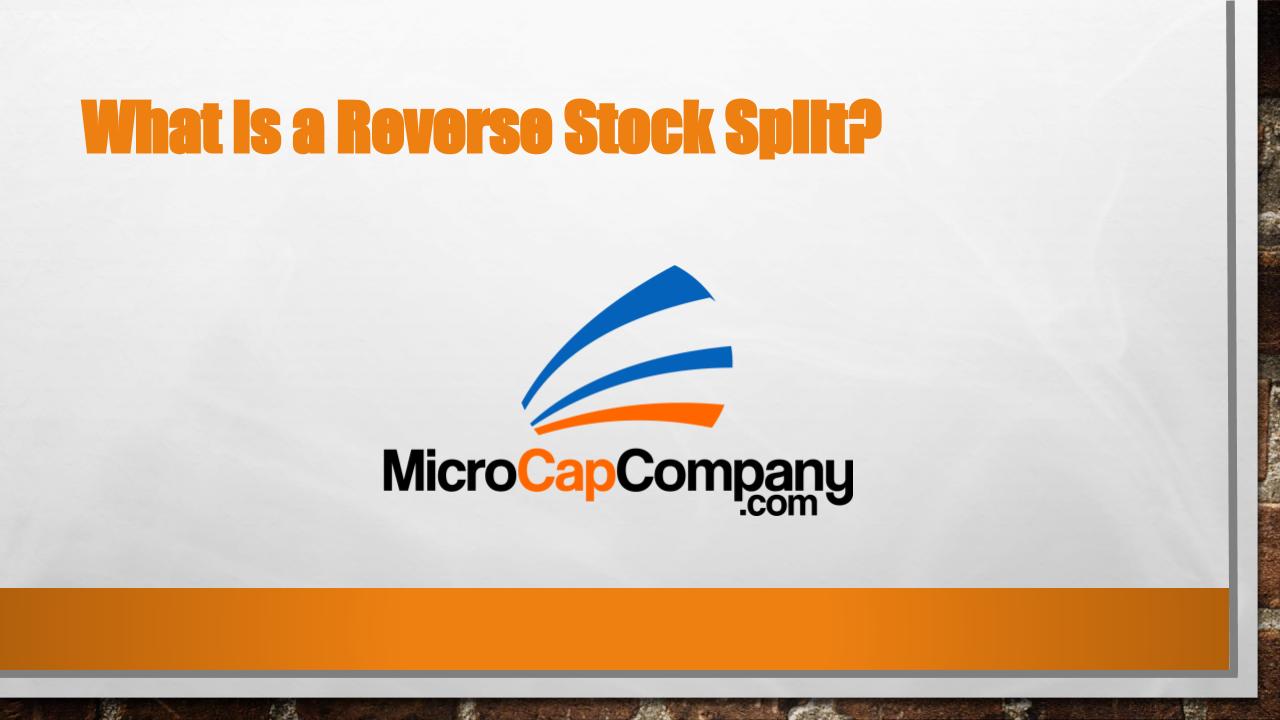This is a financial tactic that does not change the value of the company or the value of an investment held by an investor in any particular company.
In actuality a reverse split does nothing for the value of the shares to an investor. In other words the investor has the same amount of market value as it did prior to any reverse split. It will simply hold less shares at a higher dollar amount which will equal the exact same price as it did before the reverse split. In practice though; commonly a reverse split may drive the price of the stock up or down. If there are many retail investors in a particular stock and these investors are not educated on what a reverse split does, the effect could be to bring the stock price down. This is because if you quickly look at your account after a reverse split you will see the price of each stock higher then before the reverse split. If you do not notice that you actually have less shares as an investor you will think that the price of the stock went up and thus it may cause you to sell the stock. Some investors see a reverse split as a financial tactic used by management to uphold the price of a stock that may be selling off. In this case investors will also think about selling the stock. The reverse can also happen. After a reverse split if an uneducated or unknowing investor thinks that the stock price has gone up he may want to ride the bull market and may purchase more shares of the company driving the price up on the stock.
More examples of reverse stock splits:
- the firm has 1 million outstanding shares selling at $1 a share and execute the reverse split or a 1 for 100 reverse split, the firm will end up with 100,000 shares selling for $100 each.
- the firm has 100 million outstanding shares selling at $5 a share and execute the reverse split or a 1 for 2 reverse split, the firm will end up with 50 million shares selling for $10 each.
- the firm has 50 million outstanding shares selling at $10 a share and execute the reverse split or a 1 for 5 split, the firm will end up with 10 million shares selling for $50 each.

